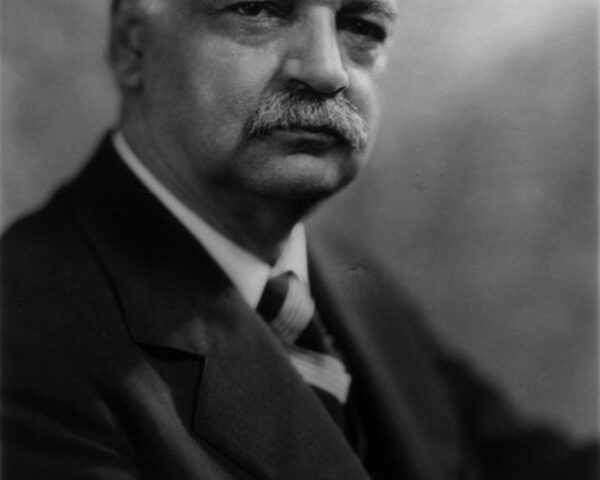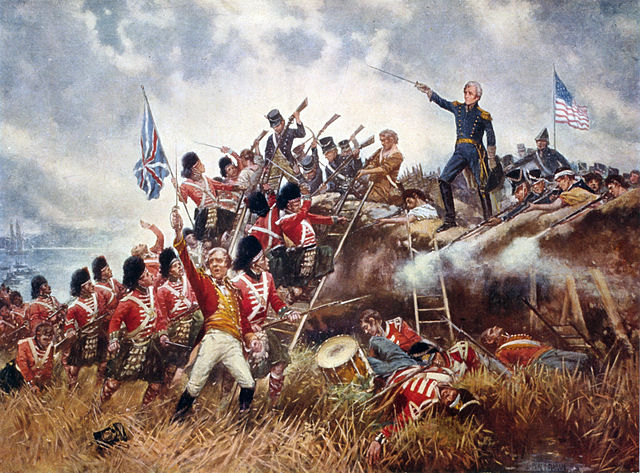On March 3, 1931, the United States officially made the Star Spangled Banner the national anthem of the United States through an act of Congress. The declaration marked the culmination of a long and passionate journey to establish a musical embodiment of American identity and patriotism.
The origins of the anthem can be traced back to the War of 1812 when Francis Scott Key, a witness to the relentless bombardment of Fort McHenry, was inspired to pen the poem “Defence of Fort M’Henry.” This poem, set to the tune of a popular English song, evolved into the lyrics of what would later become the anthem.
The anthem gained popularity over the years, becoming a fixture at patriotic events, military ceremonies, and public gatherings. However, it wasn’t until the early 20th century that a movement emerged to officially recognize “The Star-Spangled Banner” as the national anthem. Various patriotic organizations and individuals ardently advocated for its adoption, emphasizing its historical significance and its power to evoke a deep sense of national pride.
Key milestones in the anthem’s journey to official recognition included its adoption by the military, particularly during Navy ceremonies and events. Its association with American identity deepened as it became an integral part of the nation’s cultural fabric, played at major events and celebrations.
The culmination of these efforts came with President Herbert Hoover’s signature on the congressional resolution. Hoover, understanding the anthem’s significance, officially established “The Star-Spangled Banner” as the musical symbol of the United States. This act not only acknowledged the song’s historical roots, rooted in the defense of Fort McHenry, but also solidified it as a unifying force that would resonate through generations.
“The Star-Spangled Banner” has since become a fixture in American culture, inseparable from moments of celebration, reflection, and remembrance. Its adoption by Hoover was not merely a bureaucratic formality; it was a proclamation of the nation’s commitment to the ideals of freedom and resilience, as depicted in the anthem’s poignant lyrics.






